Back in 2019 I was committed to eliminating the need for a noisy vacuump pump in my own EV conversion project. At that time there as not much field experience and data and the iBooster performance was unknown. Would it really work out in my 1967 Volvo Amazon wagon?
In this blogpost:
- Brake line fluid pressure baseline
- Required deceleration and maximum pedal force
- Brake fluid displacement
- Learning by making
- iBooster performance test in Volvo Amazon
- iBooster brake line pressure
- Overall performance and pedal feel
Brake line fluid pressure baseline
I started by gathering some data of the original brake system in a Volvo Amazon with a Lockheed vacuum booster and original brake system.
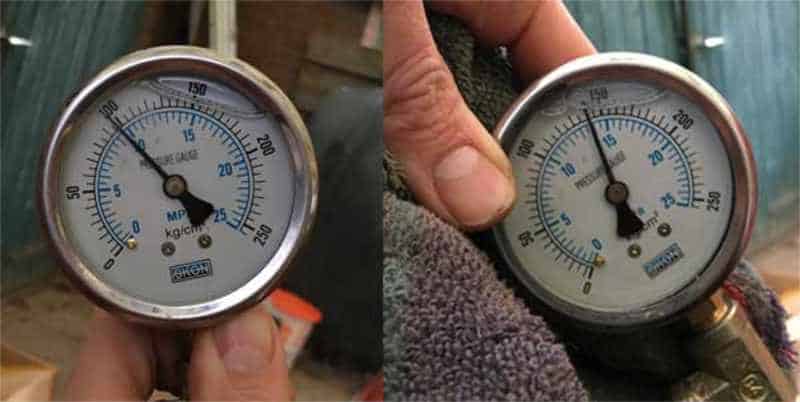
On the left hand side you can see I measured 100 psi without any (vacuum) assistance and around 140 psi with vacuum assistance from the combustion engine. I must add these pressures are based on ‘press as much as I can’ basis.
Required deceleration and maximum pedal force
In The Netherlands modern cars not only have a deceleration requirement but also combined with a maximum pedal force. Since my car was pre June 1967 only the 3,8 m/s2 deceleration requirement applies.

But these parameters are about the goal. The true pedal feel and brake performance is determined by the fluid displacement, pedal ratio and pedal travel.
Brake fluid displacement
So I measured how much volume was displaced by the original master cilinder at full pedal stroke of 28 mm.
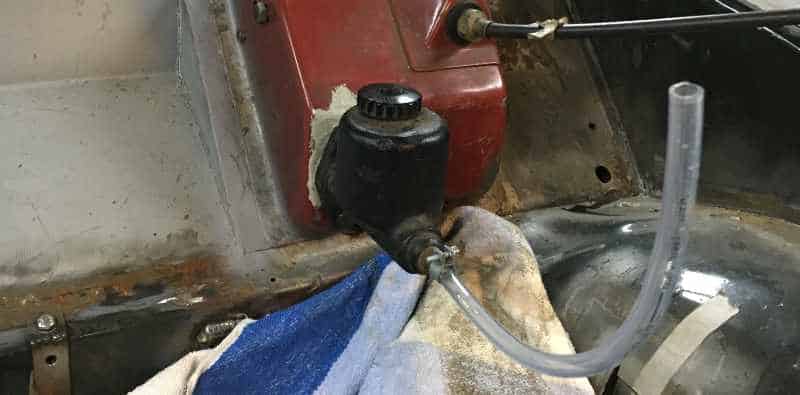
This was 11 cm3 which was confirmed by the bore of 22,2 mm. In a similar setup I measured the fluid displacement of the Tesla master cilinder on the iBooster.
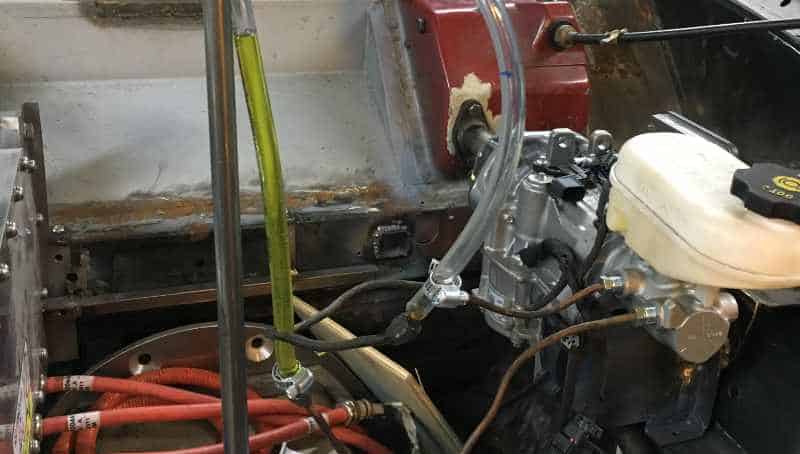
There is a difference in the fluid displacement of both outlets. At a pedal stroke of 26 mm I measured 6,6 cm3 from the rear outlet and 8,5 cm3 from the front outlet so together 15,1 cm3. I estimated the master cilinder bore to be 26 mm.
So these numbers were deviating from the original Volvo specs. More fluid discplacement so less pedal travel for the same volume. At the same time a bigger bore so more pedal force needed for the same pressure. So the question remained, is that OK?
Learning by making
Since I did not only wanted to find out once my EV conversion was painted and ready I decided to install it on our ICE 1967 Volvo Amazon and actually test the iBooster performance.
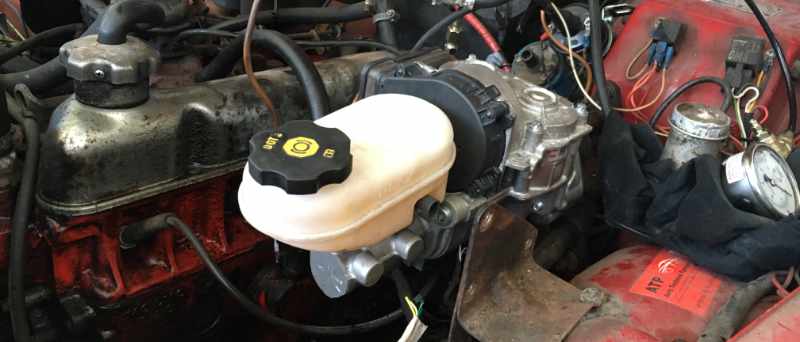
First electrical tests revealed a max. power draw of about 15 Amps. But the real data I was after of course was the brake performance. So I bought a used pedal force meter and ran some tests.
iBooster performance test in Volvo Amazon
After getting all air out and some test runs in our driveway I took the car for some tests.
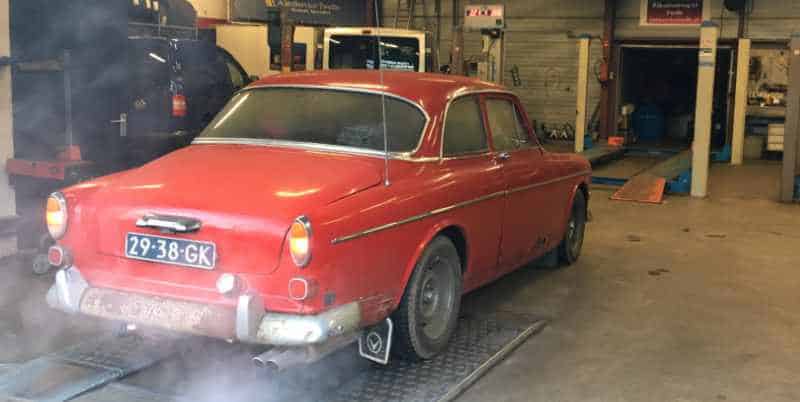
The below brake performance deceleration was measured using my iPhone and an App so might not be fully accurate.
iBooster disabled
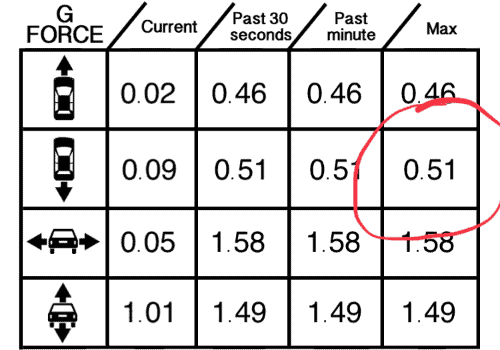
iBooster enabled
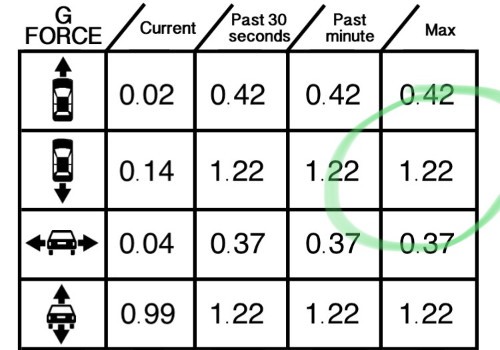
With the iBooster disabled I had a deceleration of 0,5G with a pedal force of 500N so that is 5 m/s2. This is just below the requirement for modern cars but above the minimum requirement of 3,8 m/s2 for my car.
With the iBooster enabled I measured a deceleration of 1,2G so 12 m/s2 at a pedal force of only 300N so that is excellent!
iBooster brake line pressure
In a electric Volvo 240 conversion project by the VAE team at Inholland who I’m supporting they recently did some interesting tests. They measured the brake line pressure versus the pedal force. Setup used was an iBooster from a Volkswagen.
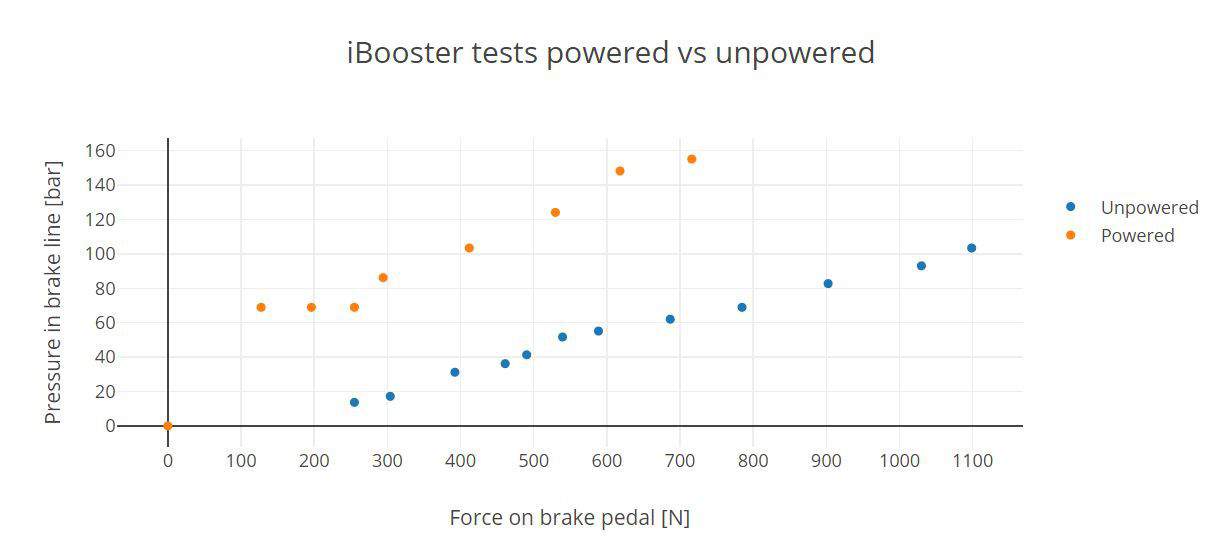
Again this confirms you need quite an amount of pedal force when the iBooster is disabled.
Overall performance and pedal feel
Adding up the results from the fluid displacement and line pressure there is room for improvement. By keeping the master cilinder of the car in which you are implementing the iBooster I’m expecting the best results are achieved. So first I made a 3D printed mockup.
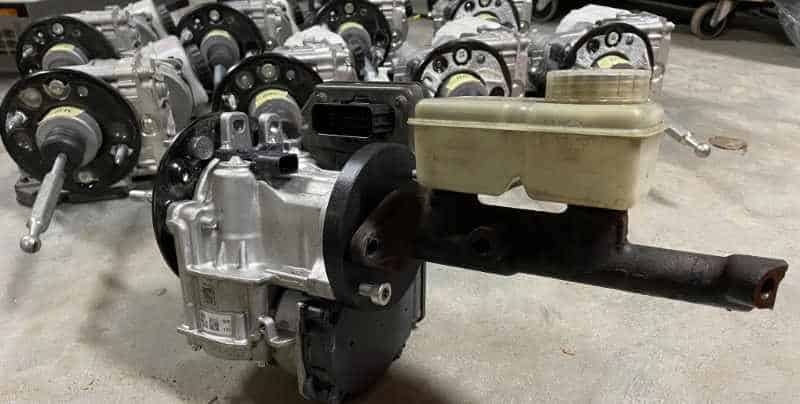
And had an aluminum adapter machined and it fits very nicely into the Volvo 240 project I’m working on.
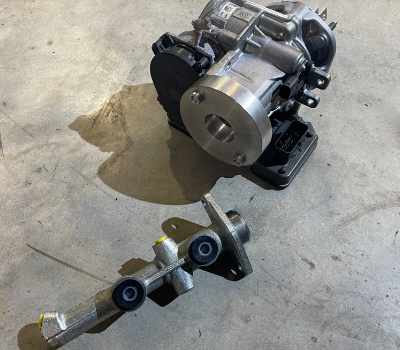
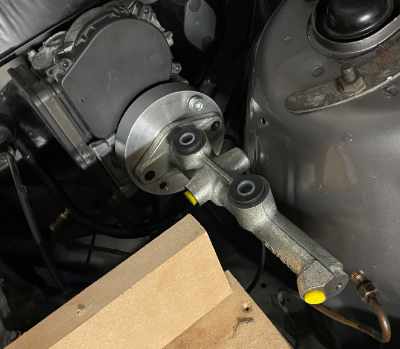
Further updates regarding push rod extension and brake performance and pedal feel with the iBooster and the original master cilinder will be added later.
- Vacuum assisted power brakes
- Electric power brakes
- Installing the iBooster
- Wiring the Tesla iBooster
- Performance test of the Tesla iBooster
- CAN control of the iBooster
- Other iBooster donor vehicles
Disclaimer/warning that is not only valid for this article but applies in general.
It is the sole responsibility of the person or company selecting or installing any component or kit in any car modification or upgrade (like brakes, drivetrain, etcetera) to determine the suitability of the component or kit for that particular application. Especially when using parts or components that were not directly designed for use in that specific brand or model. If you are not sure how to safely use a part, component or kit, you should not install or use it. Do not assume anything. Inspiration and information found on this website, elsewhere or examples that others are using a part, component or kit does not guarantee proper installation or match with your particular setup.
